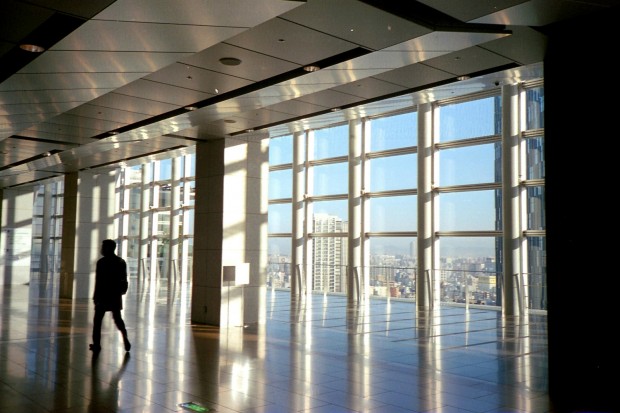Glass is a valuable material that has the potential to significantly improve the visual attractiveness of structures, extending beyond its simple transparency. Many different kinds of glass are used in construction, each serving a distinct purpose, such as boosting energy efficiency or giving structural support.

(Photo : Pexels/Alan Wang)
1. Annealed Glass
Float glass subjected to the tempering procedure resulted in the production of annealed glass. During this technique, float glass is subjected to chilly air blows on one side, which causes it to cool down gradually. Flaws and internal strains are eliminated, resulting in exceptionally clear glass. Both cutting and shaping are a breeze with it. Glass windows are typically made of annealed glass, similar to float glass. Additionally, it can produce various glasses, including laminated and tempered glass.
2. Heat-Strengthened Glass
The glass that has been heat-strengthened is comparable to tempered glass in that it undergoes a process that involves heating and cooling processes to increase its strength. Nevertheless, heat-strengthened material is cooled at a slower rate, which results in a decrease in the degree of tension that is present within the glass. Despite this, the glass retains a comparable break pattern to annealed or float glass, shattering into larger pieces that generally remain within the frame. Its strength can be increased by up to twofold. Moreover, high-temperature situations, in which thermal stresses may affect float or annealed glass, are familiar places where heat-strengthened glass is typically used.
3. Chromatic Glass
Chromatic glass, which is utilized in intensive care units and conference rooms, regulates the transparency of the glass, shielding the interior from sunlight. This glass category may be electrochromic, which means it has electric lamination; thermochromic, which is responsive to heat; or photochromic, which is lamination sensitive to light.
Also Read: 6 Easy Steps to Create Your DIY Cheap Fallout Shelter
4. Toughened Glass
Toughened glass, also known as safety or tempered glass, is widely utilized in the construction sector due to its exceptional resistance to shattering. Instead of breaking into giant shards like float glass, it breaks into many smaller fragments considered safer.
5. Laminated Glass
Along the same lines as laminated veneer lumber in the timber industry, laminated glass comprises two or more layers of glass separated by an interlayer. The interlayer material frequently uses films made of polyvinyl butyral (PVB) or ethylene vinyl acetate (EVA). Considering the interlayer dampening effect, laminate may enhance both sound insulation and rating. The laminate interlayer alters the structural behavior of glass before and after the glass breaks. Furthermore, stiff intermediate components can now be used to improve the qualities of laminated glass, which was previously impossible.
6. Insulating Glass Units (IGU)
Two or more glass panes comprise an IGU, a spacer separating the panes, filled with air or a gas such as argon or krypton or both, which are heavier than air and enclosed to avoid air from entering. Compared to single glazing, thermally, IGUs can decrease heat conductivity loss or gain by more than 50% and help prevent condensation from forming. An increase in energy efficiency can be achieved by putting a gas fill between the layers of glass and applying a Low-E coating to a portion of the double-glazed unit. This covering allows light to enter while simultaneously offering thermal insulation.
Related Article: 8 Architectural Application of Glass







